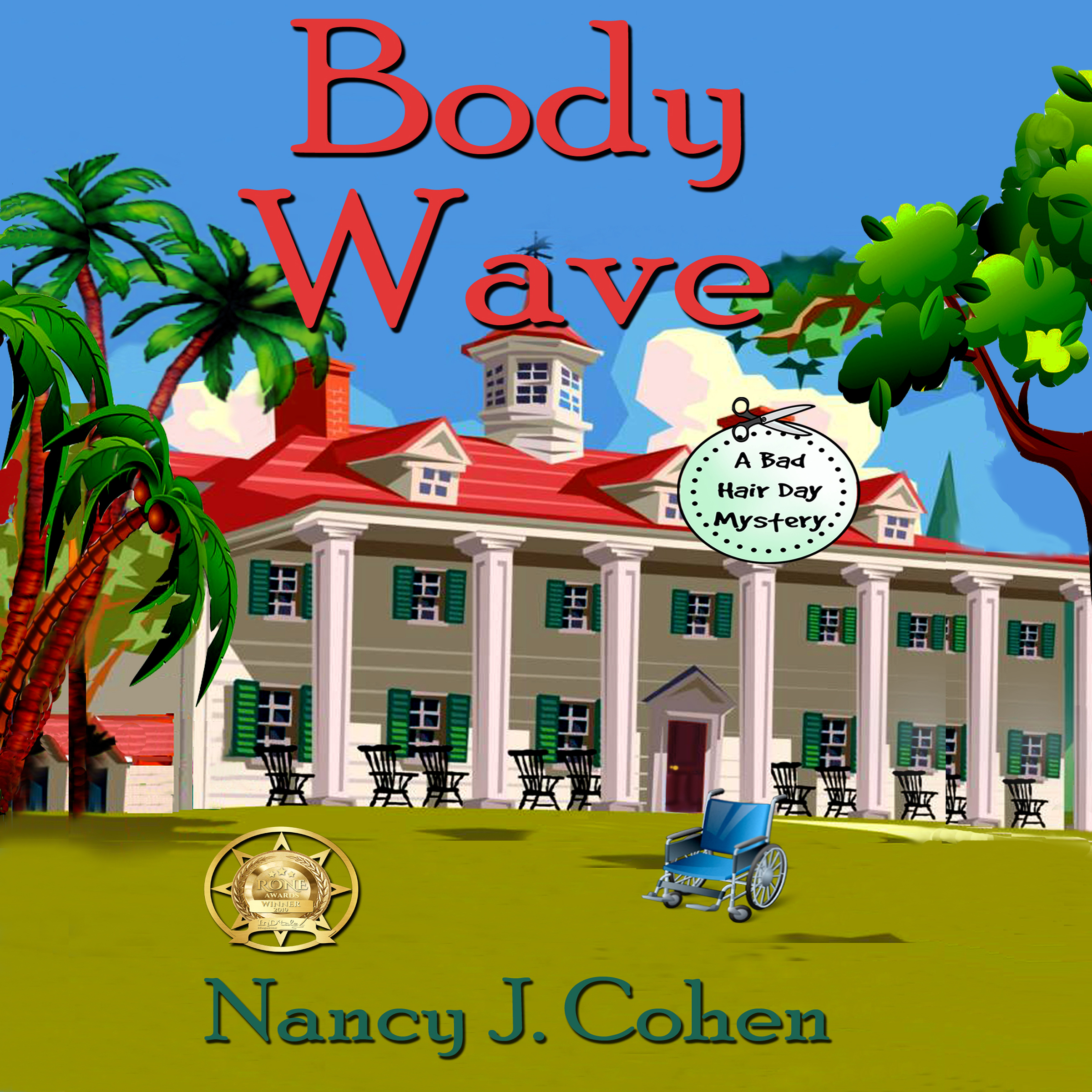When you research an area in person for your story, observe your surroundings with the Writer’s Eye. What does this mean? Use the five senses in recording your observations. Back up your notes with photos and recordings if you wish. But later, when you have plenty of reference materials, you might forget just how hot it was outside or what sounds you heard unless you’ve jotted it down. So what are you looking for in your on-site research?
SIGHT means more than just seeing with your eyes. It means looking at things with a critical view. Examine the buildings along your route. What color are they? Is the paint fresh or peeling? What are the construction materials? How well is the roof maintained? What do the windows remind you of? Think in terms of analogies. Are they yawning windows like open mouths? Or blank like vacant eyes?
How does this object make you feel? Layering your observations with attitude or emotion contributes to the experience. Describe the front door. Is there a doorbell or knocker, and how does it characterize the occupant if it’s a house? Examine the lawn. Does the grass need a trim? Are weeds taking over? Note elements like overhead electric wires, stray cats, tilted street signs, cracked sidewalks. These details make the setting come alive in your mind after you go home.
Be observant of nature: plants, animals, weather. Inside a place, note the furniture, art work, knickknacks, room layout, decorating accessories. Look for new ways to describe things, such as objects possessing reflective nature like water, glistening like a cobweb in sunlight, moist with dew, glossy like a polished piano, and so on. You’re not only writing down what you see, but also its characteristics.
What SMELLS do you notice: Stale cigarette smoke? Floral perfume? Barrel-aged Cabernet? Beer and pretzels? Pine wood smoke? Vanilla and nutmeg? Heated asphalt, or rain-tinged ozone? Newly cut grass, or fresh paint? Tar or diesel fumes? What emotional reaction do these scents evoke in you? You can use these smells to convey mood in a story. A honeyed scent will make the reader feel differently than the odor of burnt toast.
SOUNDS: Close your eyes and listen to what you hear. Birds singing (melodious, raucous, or warbling?), ducks quacking, pounding construction, car engines, airplanes zooming overhead, trickling water, rustling branches, droning air-conditioners, loud grass blowers. See how many different sounds you can distinguish. Are these pleasant or unpleasant to you?
While your eyes are closed, consider your sense of TOUCH. How does the air contact your skin? Is it warm or cool? Does a breeze lift the hairs on your arm? Ruffle your skirt against your legs? Does the sun beat upon your back and raise perspiration on your brow? Do you feel an insect crawling over your ankle? When you are walking, do you feel the uneven pavement underfoot? Do you trip over an unseen rock? Or is the ground wet sand with a spongy surface? Now consider objects that you encounter. Are they rough or smooth? Silken or thorny? Describe the texture along with the temperature, and if the sensation is welcome or not.
TASTE is often related to your nose. If you smell sea air, you may taste salt on your tongue. If you smell ripe grapes, you may taste wine. We’re not talking about describing only what you eat. That’s too easy, although you can note the temperature and texture in that regard. This is where you try to detect a taste where there may be none obvious. It’s just another way bringing the scene alive for you when you’re back home.
When you meet people along the way, note their physical appearance, mode of dress, dialect, gestures, gait, and accessories. Take photos so you can remember details later. Ditto for street scenes. A picture can be worth a thousand words as long as you record the sensory details.
Collect useful resources as you go, such as maps, tourist brochures, history books, guides to the flora and fauna, menus, and postcards.
Virtual tours online can get anywhere these days, but they will not convey the five senses that you need to bring your scene alive. Steep yourself in the sensory details, and readers will exclaim how real the place feels when they read your story.























Great advice Nancy. I love to travel and collect an impressive amount of pictures, brochures and useful memorabilia for my research.
Thanks for the tips Nancy! I’ve stuffed a pocket notebook in my purse to jot down my observations.
~Kaelee
http://www.kaeleemorgan.com
http://onceuponatimeisnow.wordpress.com
Wonderful advise for onsite research Nancy. Thanks.
You never know when you’ll use your notes. I am referring to my own travel journal from a trip to the Orient in 1978 to write a scene that takes place in Hong Kong. The sensory impressions are most valuable.
I’m taking this with me the next time I go anywhere. Great tips to remember!
Don’t forget to get business cards of people you meet, too, in case you need to contact them later for more info. Local historical museums also offer interesting information perhaps not available elsewhere. And pick up a copy of the town’s community newspaper to see what issues people are debating.